Essay On Mahatma Gandhi:
Every visiting King, President, or Prime Minister makes it a point to pay homage to Gandhiji and lay a wreath at his Samadhi at Rajghat.
The light comes from the East and travels towards the West. Gandhiji was the Light of India. He was a man of God who showed India and the world the path of Truth and Non-violence. When on 30th January 1948, Nathu Ram Godse fired the three shots that killed him, Jawaharlal Nehru said, “The light has gone out, I said; and yet I was wrong. For the light that shone in this country was no ordinary light. The light that has illuminated this country for these many, many years will illumine this country for many more years, and a thousand years later that light will still be seen in this country and the world will see it and it will give solace to innumerable hearts.”
When Gandhi was assassinated Bernard Shaw said, “That shows how dangerous it is to be too good.”
Gandhiji is called the Father of the Nation, the maker of modern India, the architect of her freedom. If Gandhi had not been born, India might not have been free today; Gandhi was no ordinary man. He was one of those prophets-like Christ, Buddha, Ram Chandra, and Guru Nanak- who gave light to the world, who raised the globe and set it on another course. Such prophets have an influence on the lives of millions of persons born and yet to be born.
Gandhi got freedom for India, through the unique weapon of non-violence. Posterity would find it difficult to believe that a great country like India became free without war or bloodshed. India is one-fifth of the human race. It is a miracle of miracles that one-fifth of humanity won its freedom through Gandhism, and without firing a single shot.
Gandhi was a frail figure weighing only 110 lbs. He was a half-naked Mahatma; he wore only a lion-cloth. He ate no bread and lived on goat’s milk and fruit. And yet this weak man, who ate so little and went about semi-naked, shook to its foundations the British Empire, over which the sun never set. Gandhi, turned a new chapter of Freedom in the history of India, and the world. He was one of those who are movers and shakers of the globe.
The great scientist Einstein, once said: “People in the future will refuse to believe that a real Gandhi ever lived in flesh and blood.”
Gandhi showed the path of peace to the world. The common man wants peace. The last two World Wars were responsible for killing the crores of persons. And what was the use? The Americans dropped two atom bombs on the Japanese cities of Hiroshima and Nagasaki and eight lakh persons were killed in the twinkling of an eye. The atom bomb is the greatest engine of destruction. Gandhi’s ahimsa is a reply to the challenge of the atom bomb. Gandhiji proved that atmic (spiritual power) is a greater force than atomic power.
Gandhi conquered the world through love. His conquests were not over kingdoms and empires. He made a conquest of the heart of the millions.
Gandhi dreamed of Ram Rajya. He wanted to bring the kingdom of Heaven on earth. He was a great believer in the efficacy of prayer. Wherever he went, he daily held a prayer meeting. During the last few months of his life his post-prayer speeches were daily broadcast by the All-India Radio. Gandhi used to say that Ram Nam is the cure for all the ills and troubles of the world.
Gandhi was a born optimist. In rain or in the sunshine, in prosperity or in adversity, he was always smiling. Nearly all his photographs show him with a smiling face.
Gandhi’s great passion was Harijan uplift. He edited a paper named the Harijan. In Delhi, he used to stay at the Bhangi Colony. He waged a war against untouchability. He said, “I would rather that Hinduism died than that Untouchability lived.”
He was a strong advocate of temple-entry for the Harijans. He used to say, “God will never enter your temples, if you ban the entry of the Harijans into them.”
Today untouchability has almost become a thing of the past; it has been abolished by law. All the temples are now open to the Harijans. This social revolution has been brought about by Gandhi.
The Communal Award of the British Government sought to separate the Harijans from the Hindus. Gandhi went on a fast unto death, to stop the vivisection of Hindu society. The result was the Poona Pact. With that historic fast, he kept seven crores of Harijans in the Hindu fold. No man ever did greater service to Hinduism.
Gandhi wrote his autobiography and called the book My Experiments with Truth. He was born on 2nd October 1869. After his schooling in India, he went to England to study law. He was later called to the bar (became a barrister or a lawyer). He practiced law in South Africa and started Satyagraha for securing the rights of Indians in South Africa.
He returned to India in 1915 and joined the Indian National Congress. He was the President of the Belgaum Congress Session in 1924. He threw himself, heart and soul, in India’s struggle for freedom. He started the Non-Cooperation Movement of 1920 and the Civil Disobedience Movement of 1930. For three decades, he remained the guiding spirit of the Congress. That is the Gandhian era in the history of India.
Dear to Gandhi’s heart were the interests of those dumb millions that live in the five and a half lakh villages of India. The real India, he said, lived in the villages. Gandhi laid great stress on khaddar. He preached and practiced plain living and high thinking.
In 1942, he was arrested in connection with the Quit-India movement launched by the Congress. On 15th August 1947, India became free, but Gandhi was still working for Hindu-Muslim unity. A wave of Hindu-Muslim riots was sweeping over the whole country. In Noakhali in Bengal, Hindus had been massacred in a large number. Gandhi toured on foot from village to village and carried the message of love and peace to the countryside. Thanks to Gandhi’s work, even today about a crore of Hindus are living in East Bengal. About this time Bihar was all aflame. Communal riots were shaking Bihar. Gandhi went to Bihar and there were peace and love.
The last of the miracles of Gandhi were the establishment of peace in Calcutta and Delhi. In Calcutta, Gandhi went on a fast unto death; the rioters placed their guns and weapons at his feet and buried the hatchet and promised never to fight again.
And after Calcutta came Delhi. Gandhi reached Delhi when the capital was in the grip of communal fury. Gandhi said,-“Let there be peace” and there was peace all round, as if by the pressing of a button. He had to fast for five days to establish peace in Delhi.
The work of the Father of the Nation was done. He had got freedom for India and established communal peace in the country.
It was the 30th of January of 1948. The time was 5 P.M., Gandhi, as usual, was going to the prayer meeting in Birla House. One Nathu Ram Godse fired three shots from his revolver, killing him outright. The news of Bapu’s assassination spread like wild fire. The whole of humanity was plunged in mourning. The flag of the United Nations was lowered to half-mast. Everywhere the people were weeping. The Next Day, his body was cremated at Raj Ghat in Delhi. His ashes were immersed (put in water) in all the holy rivers and seas of India and abroad. The main immersion ceremony took place at Allahabad, where his ashes were lowered in the water of the Triveni by India’s Prime Minister, Pandit Jawahar Lal Nehru. Over a million persons witnessed the ceremony.
This is the way of the world. The world kills its great men and later worship them. Christ was crucified; Socrates was made to drink the cup of poison; Gandhi was assassinated.
Gandhi dead is greater than Gandhi living. Nothing in his life became him so well as his death. Truly may it be said of him, “He was the greatest of the great, we shall never see the like of him again.” So long as India lives and Indian freedom lives, the name of Gandhiji will be enshrined in the heart of every Indian. His memory will live so long as India and the world live. Gandhi is dead; long live Gandhi.
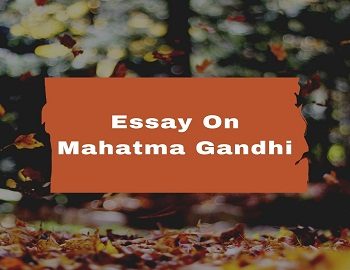
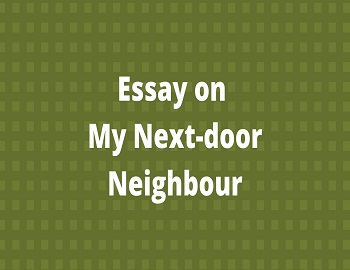
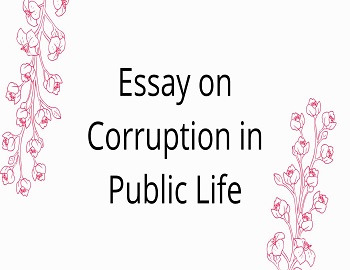
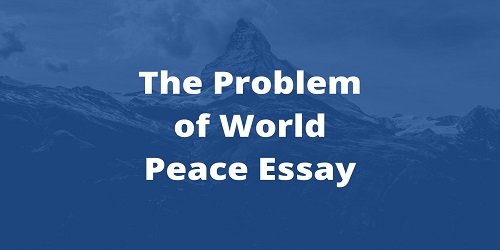
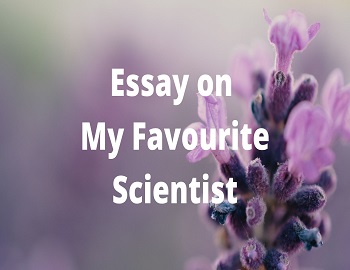
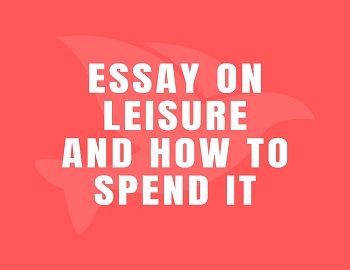
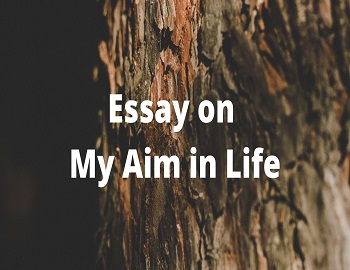
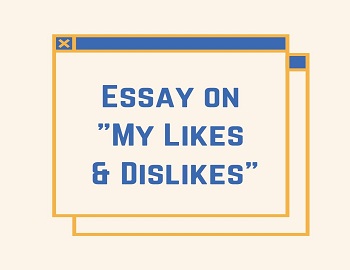
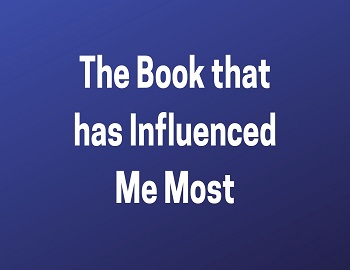
Comments (No)